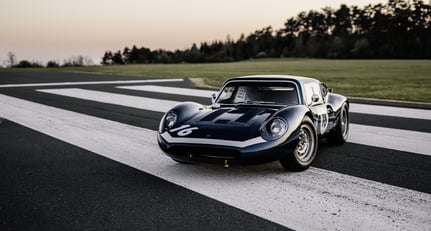The unfamiliar Flag Metallic Blue coupé corners fast and flat. Confident and undramatic, unlike the gaggle of AC Cobras that squirrel around erratically in its wake. Until a technical niggle emerges just beyond the halfway point, cruelly forcing pilot David Hart to retire from the lead, we’ve no doubt that the Ecurie Ecosse Tojeiro-Ford will clinch victory in the Royal Automobile Club TT Celebration, the most prestigious race on the historic racing calendar. The one everybody wants to win.

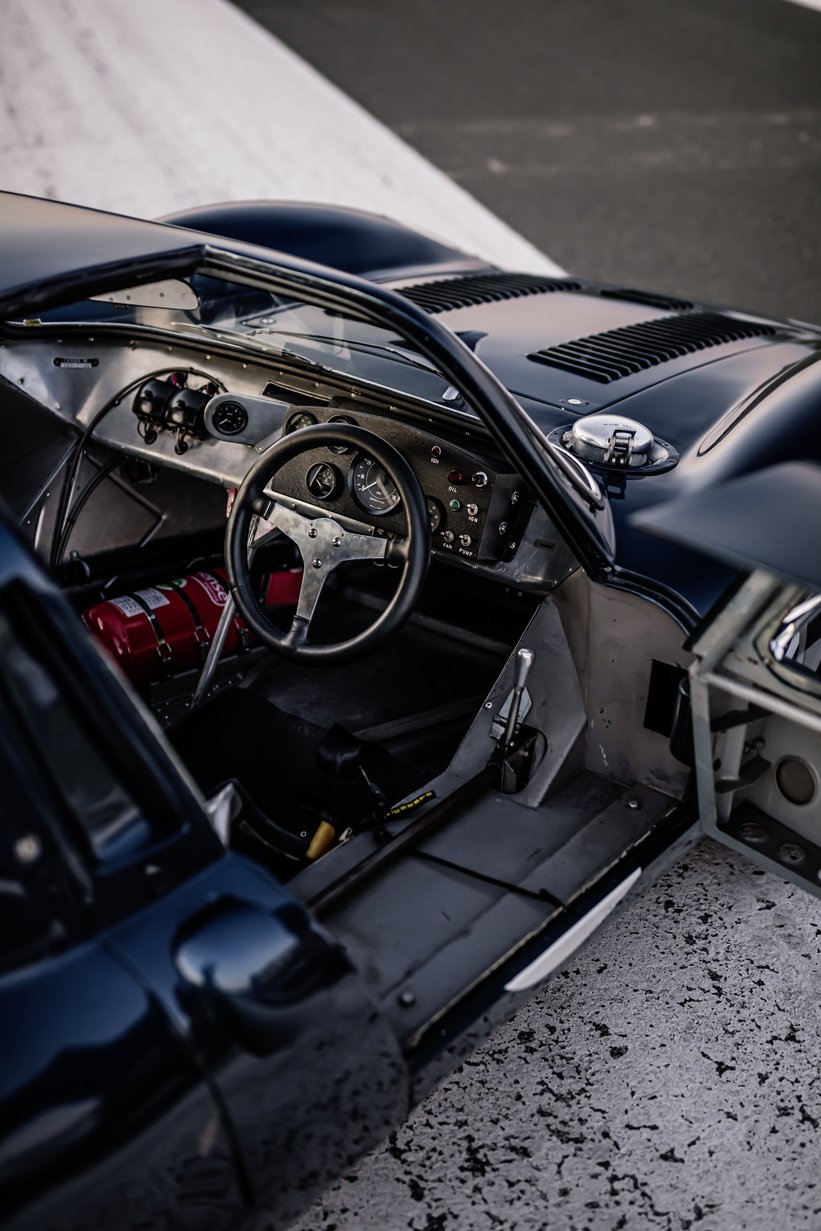
That was on a searing-hot Sunday at the Goodwood Revival last September. If you were lucky enough to be there, you might have witnessed the majestic poise and balance of the rear-engined coupé as it hammered around the historic circuit first-hand. You might also have found yourself asking what right this curious, curvaceous, waist-high sports-racing car had mixing it at the sharp end of a grid formed of veritable automotive icons.
But what if we were to tell you that this car was the very first properly engineered rear-engined closed-coupé GT prototype, which arrived an entire year before the Lola Mk6, the car in which the Ford GT40 had its genesis – would that pique your interest? What about the fact that it was one of the first cars in which a certain ‘Flying Scot’ by the name of Jackie Stewart showed his promise? Oh, and it’s for sale right here on Classic Driver with ChromeCars in Germany. Now we’ve got your attention.
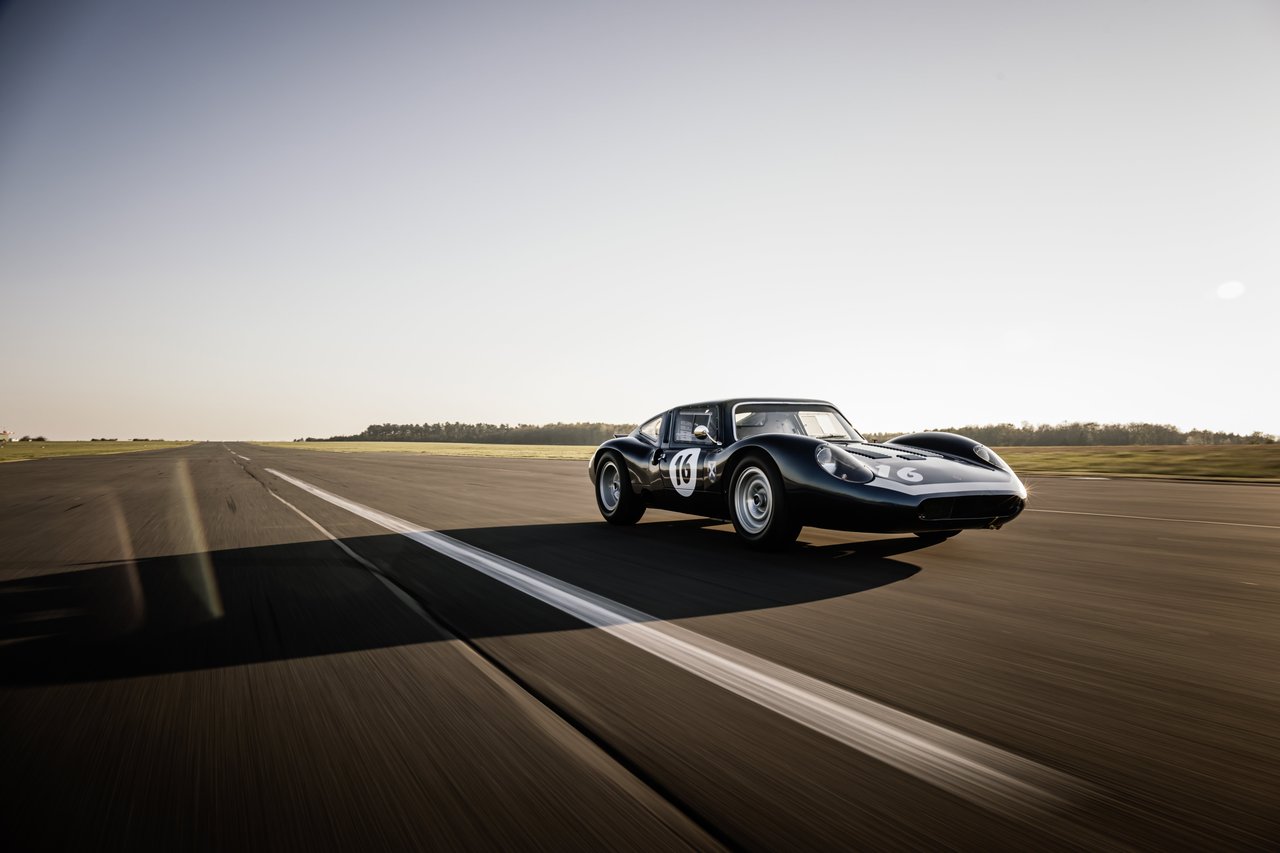
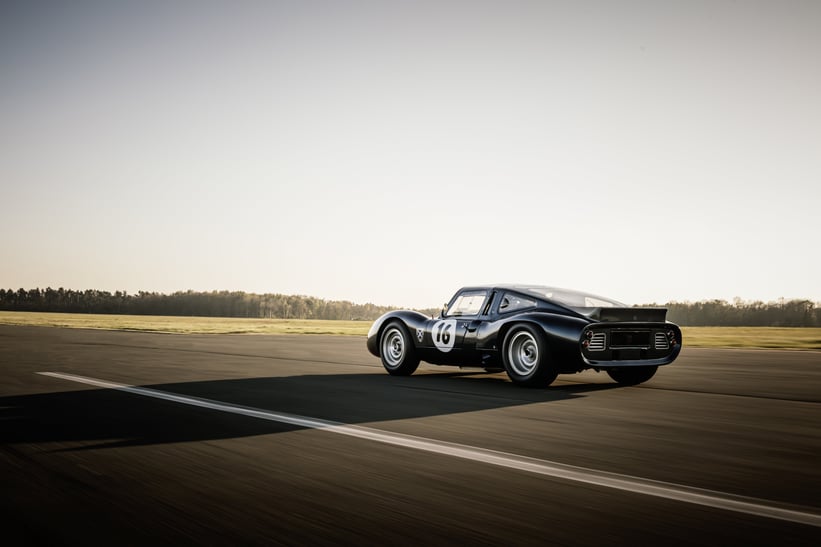
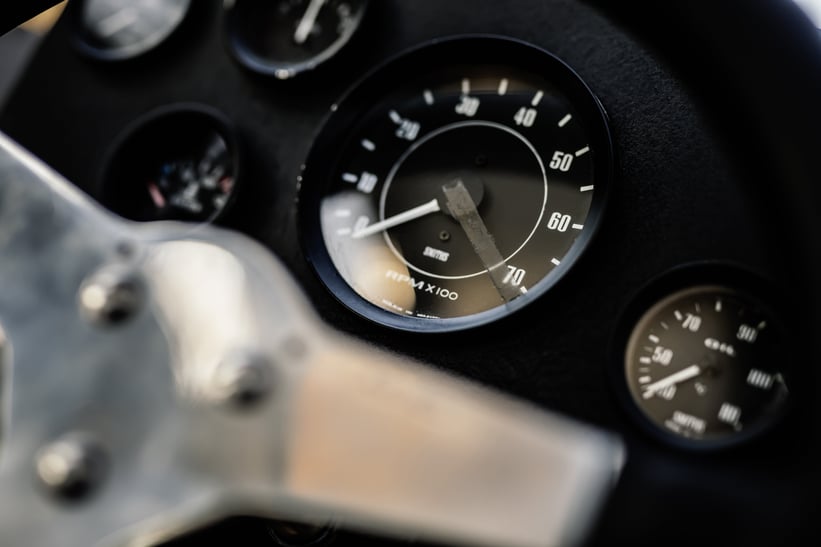
The result of a collaboration between the esteemed Scottish privateer outfit Ecurie Ecosse and the accomplished automotive engineer John Tojeiro, the Endurance Racing Coupé was conceived to enter the 1962 edition of the 24 Hours of Le Mans in the 2,500cc GT prototype category. The unshackled ambition and relentless quest to innovate had put British garagistas firmly on the motorsport map in the late 1950s, proving to the ‘old guard’ that putting the engine behind the driver – the ‘cart-before-the-horse’ approach – was the future.
Ecosse’s patron David Murray was keen to capitalise on this pioneering approach in GT racing and John Tojeiro was more than up for the challenge. Tojeiro’s Formula Junior frame was widened and strengthened, and a Coventry Climax four-pot was mated with a Cooper Monaco five-speed gearbox and installed at the rear of the chassis, before the entire assembly was clothed with a sexy albeit hastily constructed aluminium coupé body designed by the British artist Cavendish Morton.

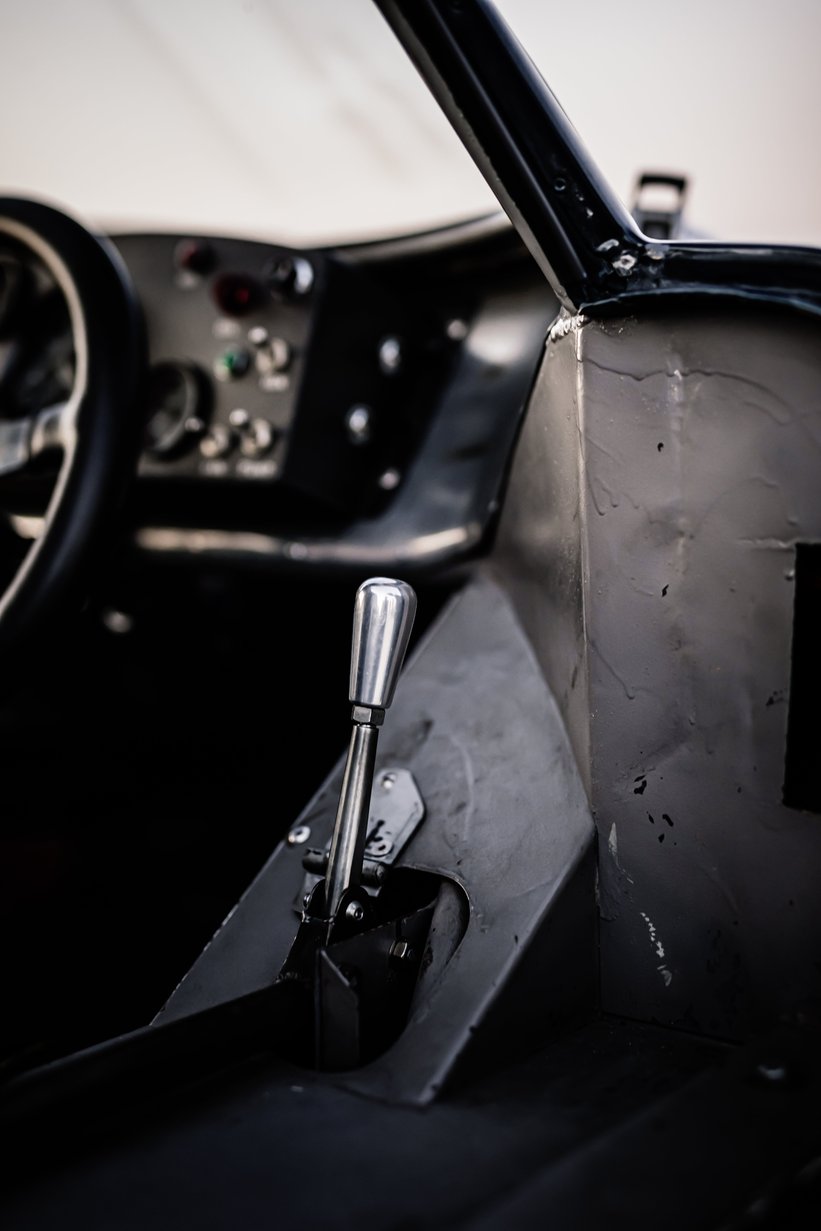
Two cars were commissioned, but only one made it to Le Mans in its completed form – the second was sent over half-assembled as a source for spares. The timing was cut so fine that the one-and-a-half unpainted cars only left for France on the Monday prior to the race. And to add insult to injury, the transporter carrying them crashed before it had even crossed the channel, needlessly damaging the precious cargo inside. Still, the Tojeiro-Climax passed scrutineering and the driver pairing of Tommy Dickson and Jack Fairman did a sterling job in the race right up until the eighth hour when the gearbox seized solid. They were the second-highest British entry.
After the race, the team explored the idea of fitting one of GM’s new, lightweight alloy-block V8s in one of its Tojeiro coupés. Chief mechanic Stan Sproat had realised the engine’s potential long before McLaren or Rover, another indication of this enterprising team’s forward-thinking-ness. A Buick V8 was sourced and Sproat set about converting it to dry-sump lubrication, pairing it with a Corvair transmission and squeezing out another 120-odd horsepower (around 230bhp in total).
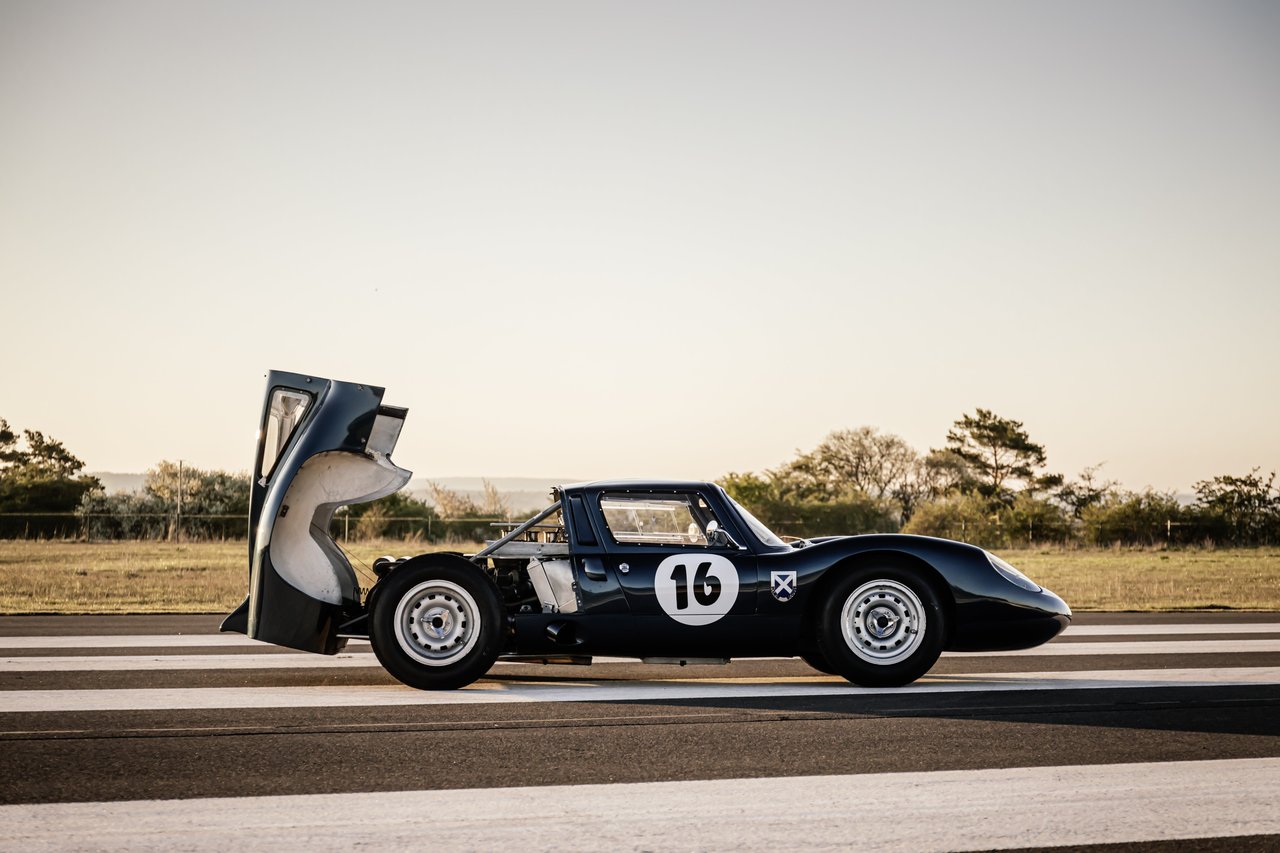

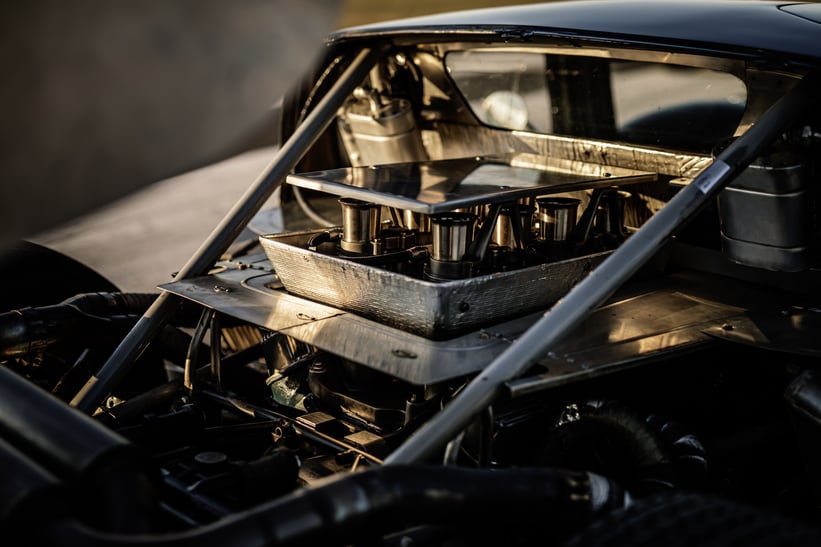
This is where an especially young Jackie Stewart enters the fray. Jackie’s older brother Jimmy was a former driver of Ecurie Ecosse’s. David Murray was aware of the moves Jackie was making in Formula 3 and was keen to give him a shot in the V8-powered Tojeiro-Buick. Between the two chassis, both of which somewhat confusingly wound up installed with the Buick engine in 1963, young Jackie drove incredibly well to score victories at Charterhall and Snetterton – the Scot was not overly keen on the handling characteristics of the coupé, echoing the sentiments of other drivers who raced it in period, which rendered his performances even more impressive.
For 1964, the car featured here in ChromeCars snapper Roman Rätzke’s jaw-dropping photos, chassis TAD-1-64, was developed even further, receiving the mighty 4.7-litre Ford V8 as found in the all-conquering AC Cobra. Jackie Stewart was drafted in the drive it again, although a third place was the best he could muster. The experienced Lister pilot John Coundley fared better later on in the year, scoring both a win and a second position at Brands Hatch.
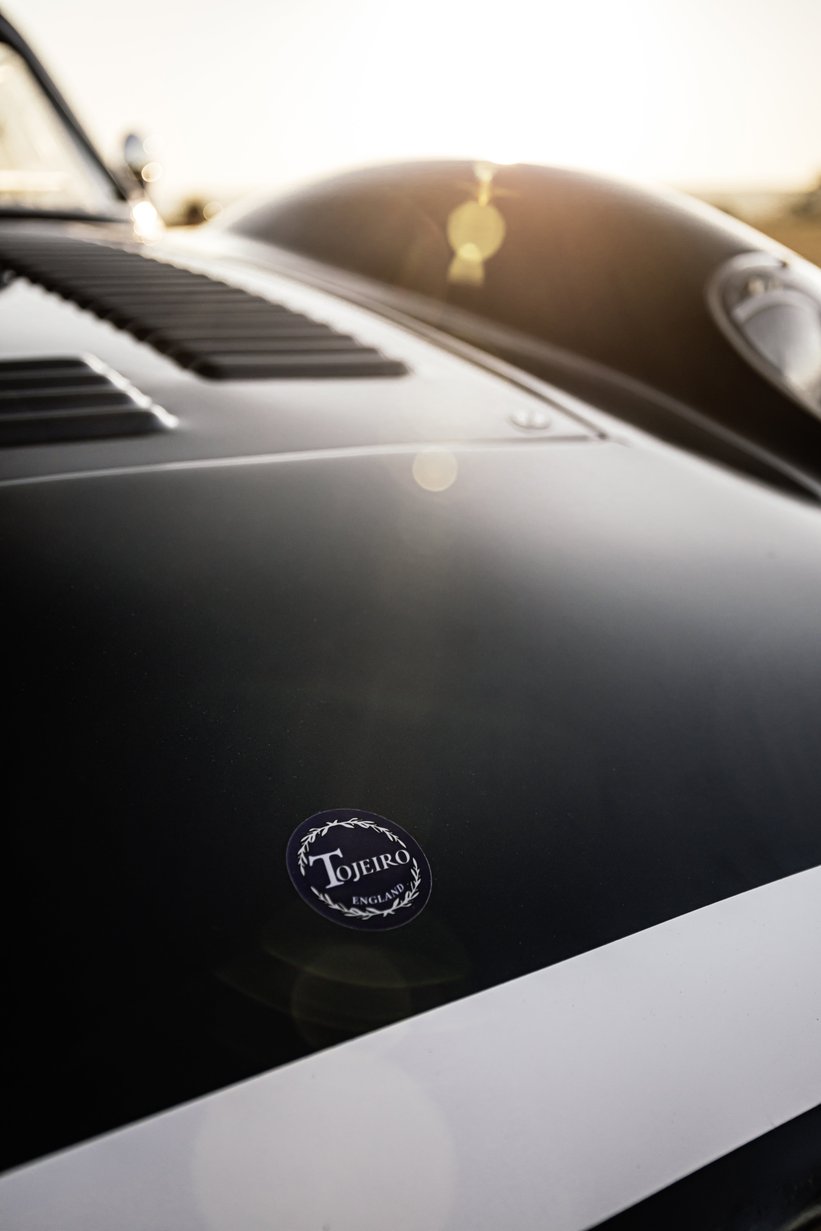
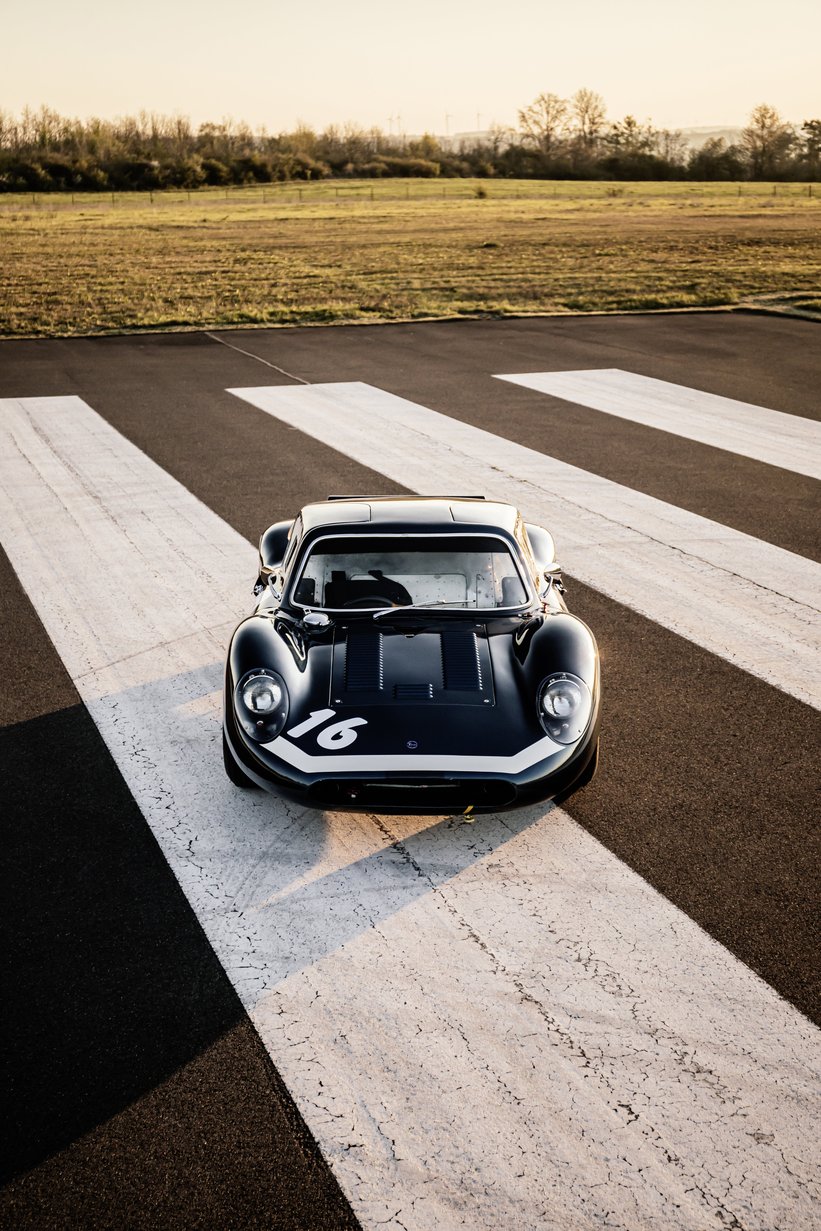
The Tojeiro-Ford undertook another drastic developmental change ahead of the 1966 season, when it was converted into an open Can-Am-style sports-racing car, a guise in which it showed great potential, especially with its powerful Ford V8 cradled behind the driver. Alas, a horrendous crash at Brands Hatch during a support race for the British Grand Prix. New Ecurie Ecosse driver Bill Stein was lucky to survive.
It wasn’t until 1993 when TAD-1-64 was returned to its 1964 closed-coupé specification by the renowned historic racing specialists Crosthwaite & Gardiner, who even managed to reincorporate the original roof section that had been transplanted into another car. Today, it is in tip-top condition – on the button and ready to go.
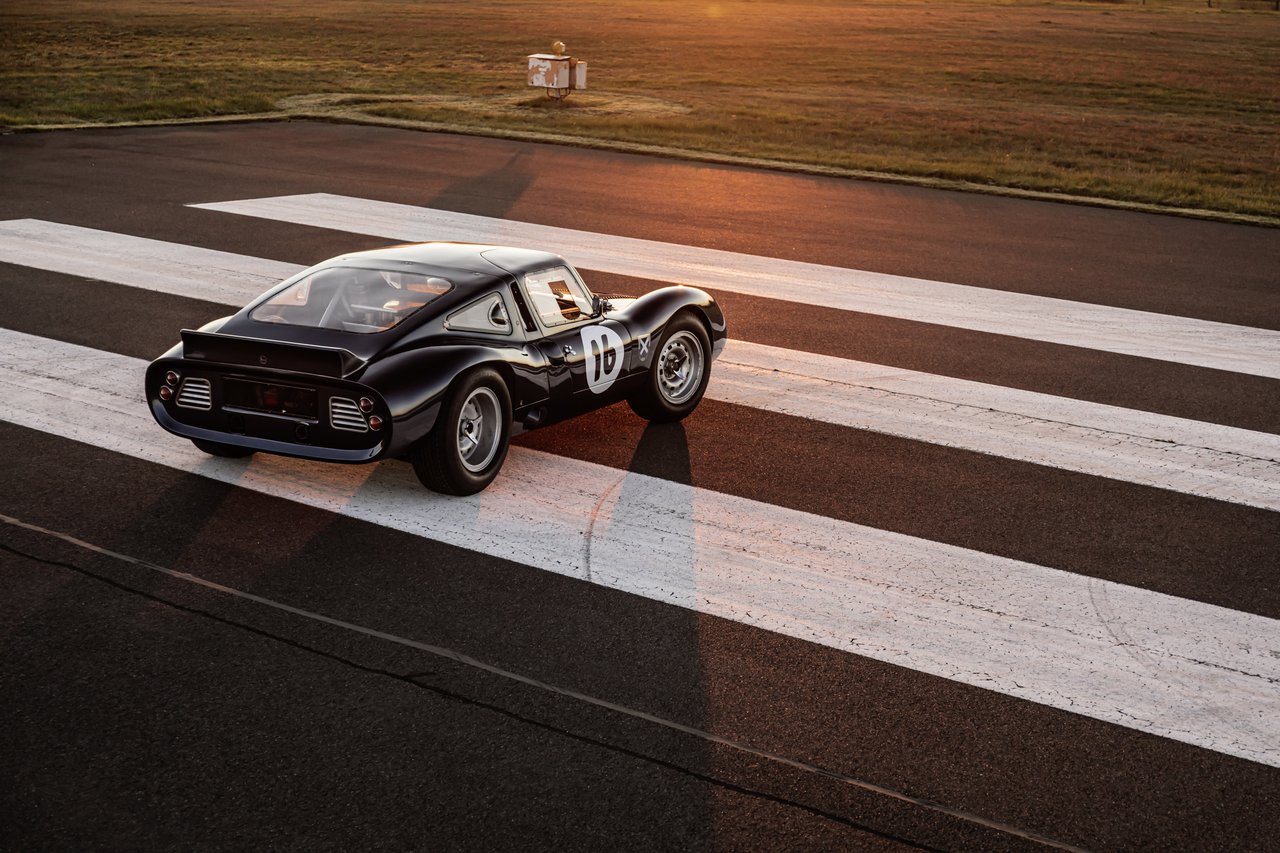
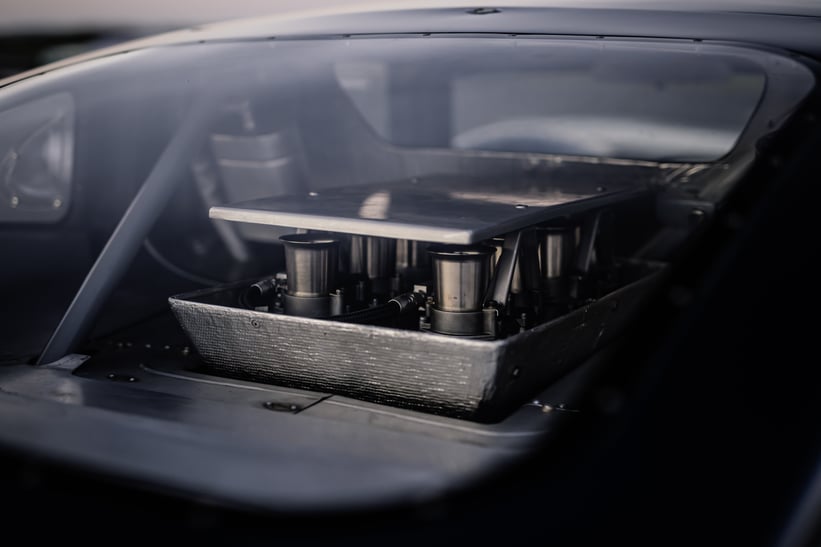
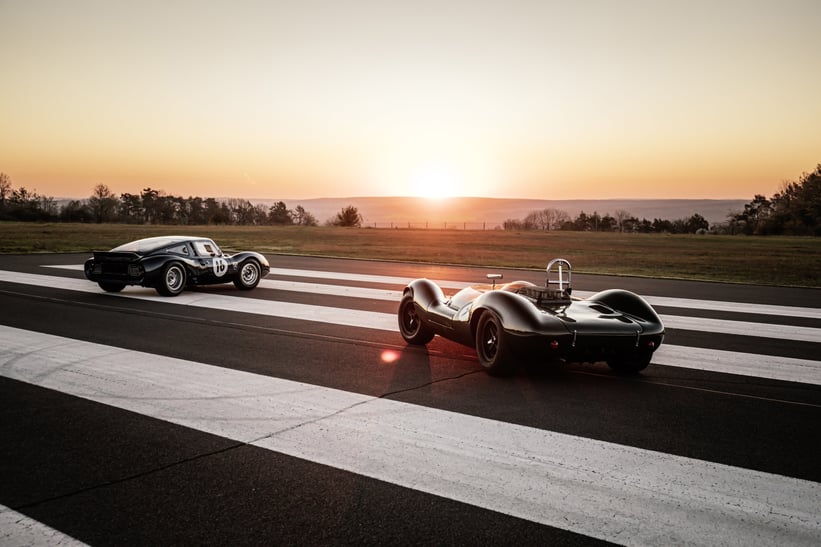
As one of just two Ecurie Ecosse Tojeiro Coupés, it’s a car for which historic racing event organisers would fall over themselves to invite – especially with its Jackie Stewart provenance. The ‘Flying Scot’ has even signed inside the aluminium door panel. At the Goodwood Revival, for example, the world’s finest historic motorsport meeting, the car is eligible for not one but two races: the Whitsun Trophy and the RAC TT Celebration. And there’s no doubting its front-running credentials. Just ask Nicolas Minassian and David Hart.
Crucially, as Michael Gross from ChromeCars, the Classic Driver dealer currently offering this Ecurie Ecosse Tojeiro-Ford for sale, points out, the intriguing rear-engined coupé also represents great value compared to many of the established classics it is eligible to race against. As he puts it, “Goodwood is where anyone who’s anyone in historic racing wants to race, and this rare Tojeiro-Ford is a chance to step up and play with the big boys.” Check out the roll call of Le Mans winners, Formula 1 stars and touring car veterans on the RAC TT grid and you catch Gross’s drift.
It’s a fascinating car, this – symbolic of the British garagistas of the 1950s and ’60s and their unrelenting ambition and fighting spirit, but also of Sir Jackie Stewart’s kindling career, one that would surge with meteoric force and make an indelible imprint on wider motorsport in general.
Photos: Roman Rätzke for ChromeCars © 2020
